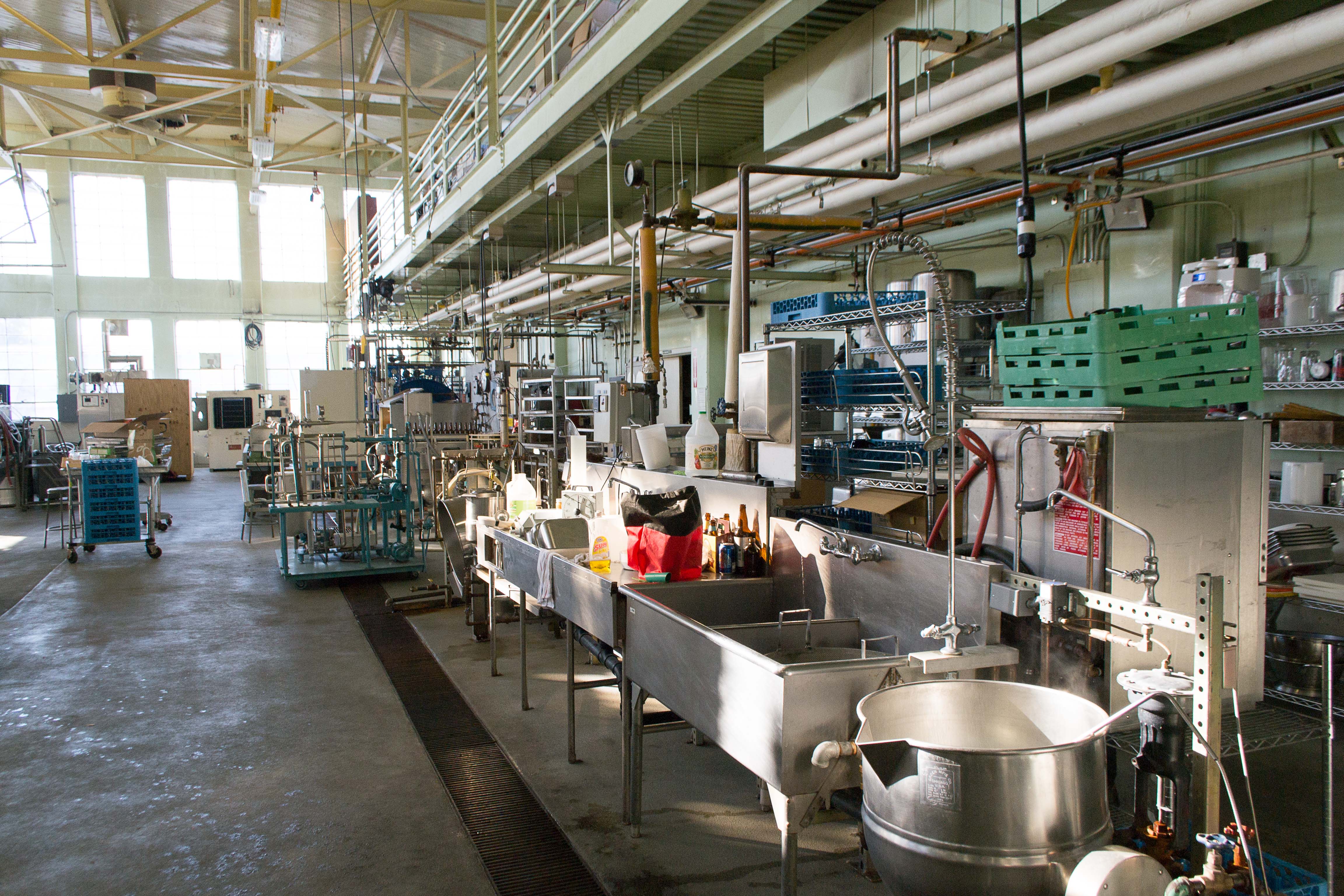
Photo from academic.microsoft.com
Reactive oxygen species (ROS) are strongly reactive chemical entities that include oxygen regulated by enzymatic and non-enzymatic antioxidant defense mechanisms. ROS contribute significantly to cell homeostasis in the heart by… Click to show full abstract
Reactive oxygen species (ROS) are strongly reactive chemical entities that include oxygen regulated by enzymatic and non-enzymatic antioxidant defense mechanisms. ROS contribute significantly to cell homeostasis in the heart by regulating cell proliferation, differentiation, and excitation-contraction coupling. When ROS generation surpasses the ability of the antioxidant defense mechanisms to buffer them, oxidative stress develops, resulting in cellular and molecular disorders and eventually in heart failure. Oxidative stress is a critical factor in developing hypoxia- and ischemia-reperfusion-related cardiovascular disorders. This article aimed to discuss the role of oxidative stress in the pathophysiology of cardiac diseases such as hypertension and endothelial dysfunction. This review focuses on the various clinical events and oxidative stress associated with cardiovascular pathophysiology, highlighting the benefits of new experimental treatments such as creatine supplementation, omega-3 fatty acids, microRNAs, and antioxidant supplements in addition to physical exercise
Journal Title: Nutrients
Year Published: 2021
Link to full text (if available)
Share on Social Media: Sign Up to like & get
recommendations!